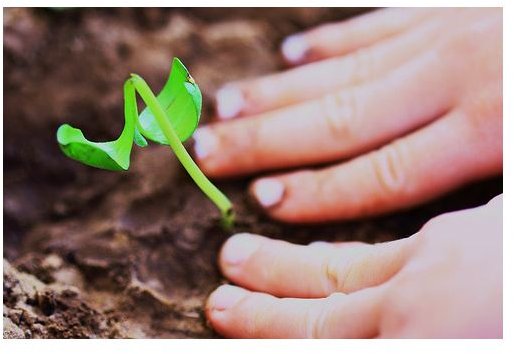Valuable Information on Soil Organic Matter You Can Use
What is Soil Organic Matter?
Organic matter present in the soil can be broadly defined as any living organism or a previously living organism, which contains carbon compounds and is present in various degrees of decomposition in soil. This can mean a plant or plant part, animal or even a simple microorganism.
Falling leaves of the plants, stems, twigs, roots, algae, lichens, animal droppings, manure, insects, earthworms etc. all eventually become part of the organic matter of the soil. Even the sewage sludge or saw dust that was once a tree part, become organic matter.
Compon
**
ents of organic matter
Soils may vary greatly in their organic matter contents**.** For example, while a sandy area may have as little as 1 percent of organic matter content, loam soil may have more than 30 percent content of soil organic matter.
The major components of organic matter are:
- Dead plant or animal parts
- Living plant parts like the roots
- Living animals and microorganisms
- Humus
Humus is a stable and essential part of the soil formed of plants and animals that have decayed and decomposed into a complex compound and cannot be decomposed further. The organic matter of humus is altered to such an extent that it can not be recognized as originally being an animal or a plant part.
The decomposers
There are many species of fungi and bacteria living in the soil that help break down the organic matter like the woody tissues or cellulose present in leaves, into simpler carbon compounds that can be given back to the soil and used again by other plants rooted to it.
As all living organisms are made up of so many different compounds, it may take a few months to several thousand years to decompose and disintegrate them by the microbes. But, as it is a continuous process, the carbon and energy needs of the soil and the plants keeps getting replenished.
Benefits of organic matter
As more and more information on soil organic matter is found, it seems it has multiple roles to play when it comes to maintaining the fertility of the soil. These functions are physical, chemical as well as biological all interacting with each other.
-
Biological benefits – It is the biggest source of nutrients available to the plants. The nutrients absorbed by the plants helps them grow and later the same plant parts like leaves, die, decompose, and nurture the next generation of growing trees. Organic matter is also the food source for microbes and small animals like the earthworm.
-
Physical benefits – Organic matter helps bind the soil and protects from erosion. It also helps keep the soil well aerated and holds water in the crevices. Soil temperature too is influenced by the decomposed and non-decomposed organic compounds.
-
Chemical benefits – Organic matter is a good source of Ph buffering and a site which holds heavy metals and pestic

ides. It also helps in the exchange of negative ions in the soil.
A higher degree of carbon in the soil is always associated with higher fertility and thus better gardens, forests and fields. When the organic matter is lost due to lesser number of trees, it also results in poor crops, soil erosion, poor ground water retention and loss of nutrition to many life forms. Thus, in order to maintain soil productivity and fertility, the cycle of growth, decay and decomposition of organic forms has to keep going on.
Image Credit
Flickr photos by mullica and D Sharon Pruitt
Reference:
https://www.soilhealth.com/organic/
https://www.dpiw.tas.gov.au/inter.nsf/WebPages/TPRY-5YW7SN?open
